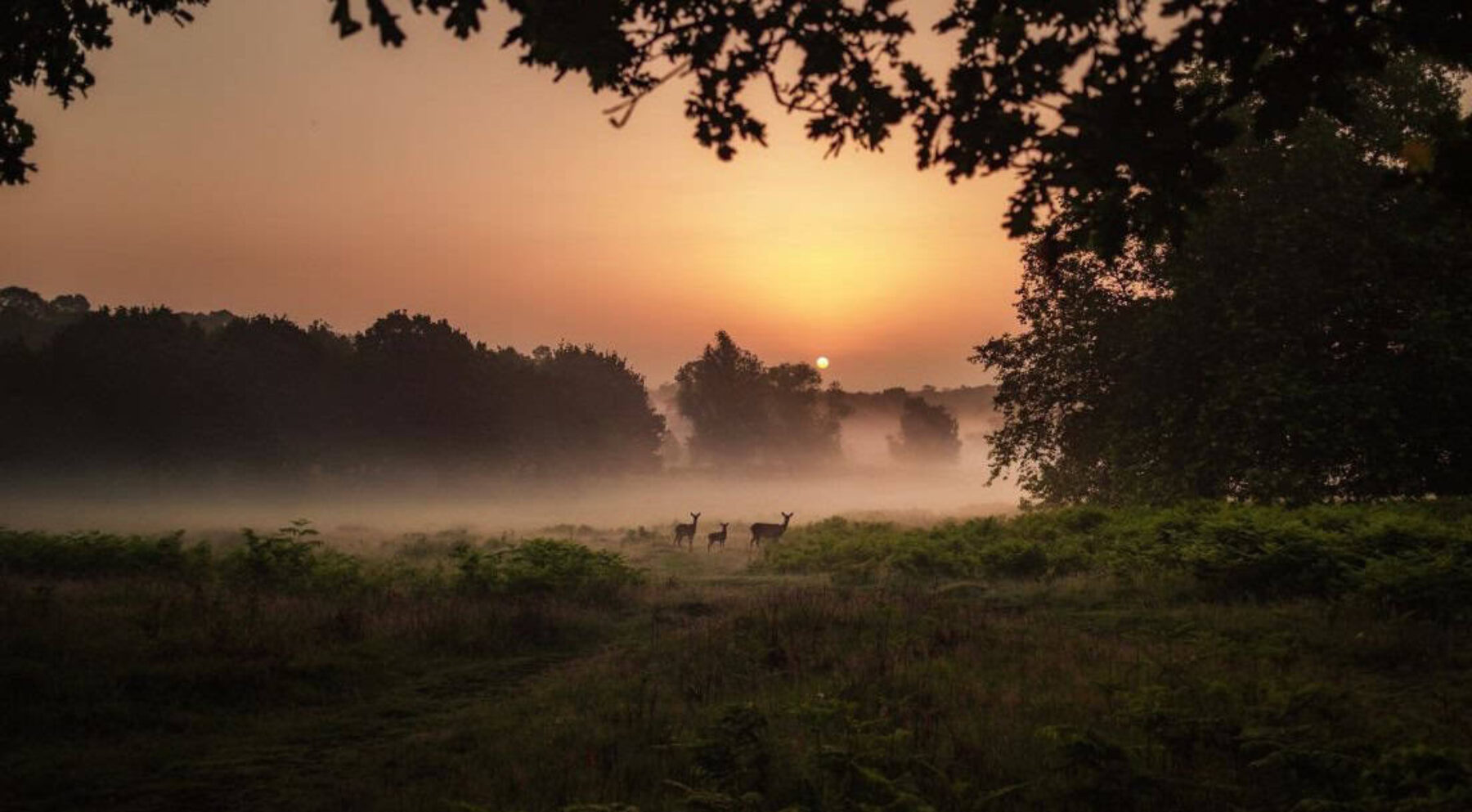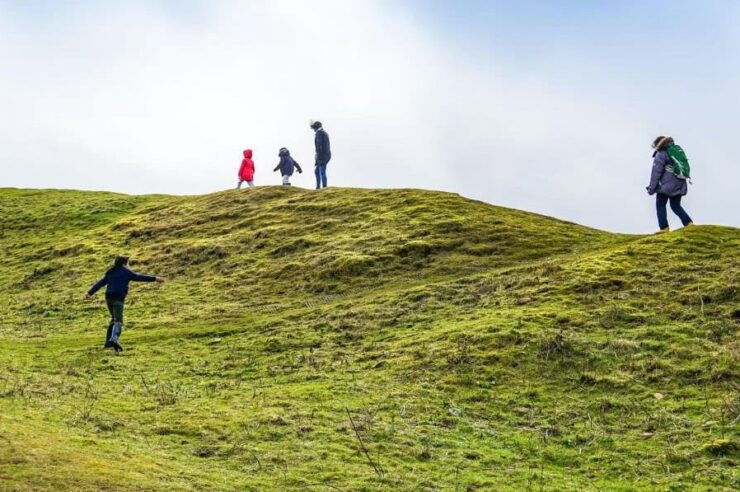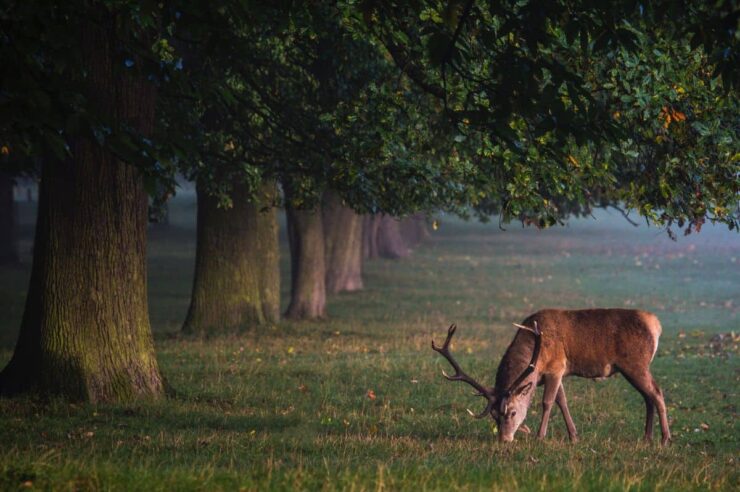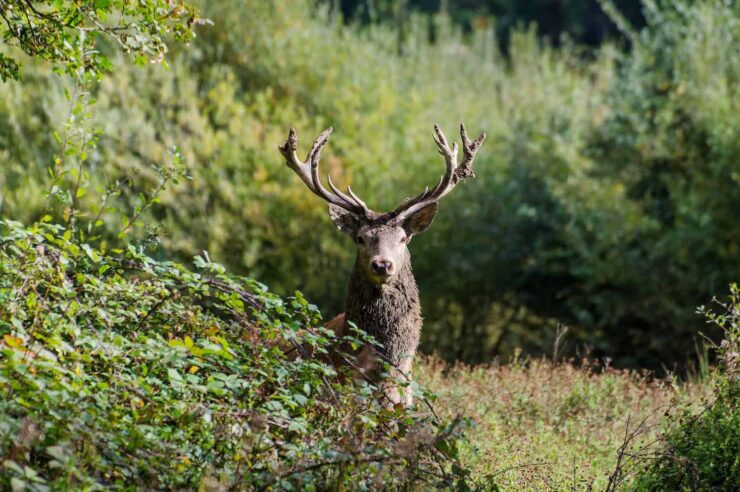Experts are calling for ‘wildbelts’ to become part of UK planning strategy. What is this protection mechanism, and how could it help boost biodiversity and address the climate crisis?
From the Highlands of Scotland and the coast of west Wales, to the moors of Devon and Cornwall, national park lands across the UK help to protect our most biodiverse landscapes. But what about spots that are not such havens for wildlife?
Experts at The Wildlife Trusts hope a new proposal will help safeguard those, too. The charity has suggested a new designation of land, ‘wildbelts’, which would offer protection for plots that are of ‘low biodiversity value’ and invest in them to help wildlife populations recover.
“What we want to do is reach 30 per cent of land restored for nature by 2030,” explains Elliot Chapman-Jones, public affairs manager at The Wildlife Trusts. “Only about 8 per cent of land in England is designated as a protected area for conservation, and this isn’t enough. The wildbelt concept is trying to create a new designation that goes beyond the sites we already have and protect the nature that we need for the future.”
The campaign asks members of the public to respond to the government’s consultation on proposed planning reforms by calling to introduce a wildbelt designation for land. So far, almost 6,000 people have responded.
“The response has been really fantastic,” says Chapman-Jones. “Particularly after lockdown, when people were confined to their homes for so long, they found solace in nature, saw birds at their windows that they had never seen before or identified new walks that they could go out and do right on their doorstep. So, I think we’re more aware of the nature around us in our local area.”
One of the aims of the wildbelt concept is to increase access to nature, which is “deeply unequal across the country at the moment, and that’s really increasing health inequalities”, says Chapman-Jones.
“What wildbelt can do is allow local authorities or communities to identify bits of land near them – whether it’s brownfield land, poor agricultural land – and transform it into a nature reserve,” he adds.
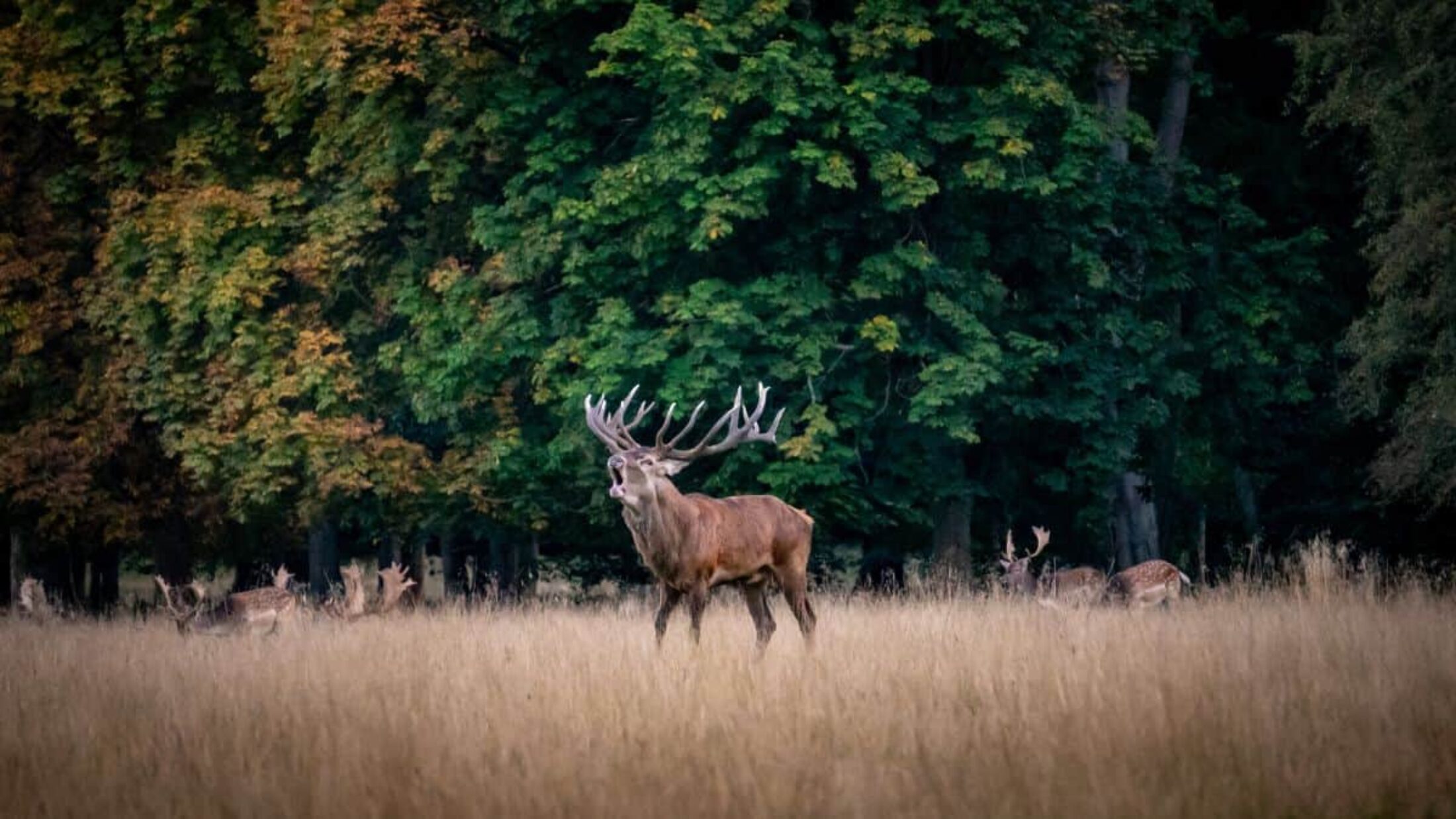
Experts are calling for ‘wildbelts’ to become part of UK planning strategy. Image: Razvan Mirel
In September, prime minister Boris Johnson announced plans to bring an additional 400,000 hectares of England’s countryside – equal to the combined size of the Lake District and South Downs national parks – under protection by 2030. This would mean 30 per cent of the UK’s land would be protected.
The prime minister was among the group of more than 60 world leaders who signed the ‘Leaders’ Pledge for Nature’, and made the announcement at the pledge’s launch last month. “We cannot afford to dither and delay because biodiversity loss is happening today and it is happening at a frightening rate,” Johnson said.
However, Chapman-Jones points out that while the headline commitment is a “good start”, the figures used in the announcement are misleading.
What wildbelt can do is allow local authorities or communities to identify bits of land near them and transform it into a nature reserve
“The government is including national parks and areas of outstanding natural beauty in this figure – these are landscape not wildlife designations,” he says. “Many of these places are severely depleted of wildlife because of overgrazing, poor management or intensive agricultural practices and won’t deliver the recovery of nature. In fact, on average, the condition of sites of special scientific interest [a biodiversity designation] inside national parks and AONBs is worse than it is outside.”
Ultimately, the aim is to see wildbelts become a key feature of planning new developments. Chapman-Jones points to an example of how incorporating wildbelt areas into new projects might look in practice. At Cambourne housing development in Cambridgeshire, the developer left 60 per cent of the site, which was formerly agricultural land, to nature.
Making such practices part of planning policy would show the government is serious about improving the UK’s biodiversity, and “make sure that its domestic agenda matches the words it’s saying on the international scene”, he says.
Three ways ‘wildbelt’ land could let nature recover
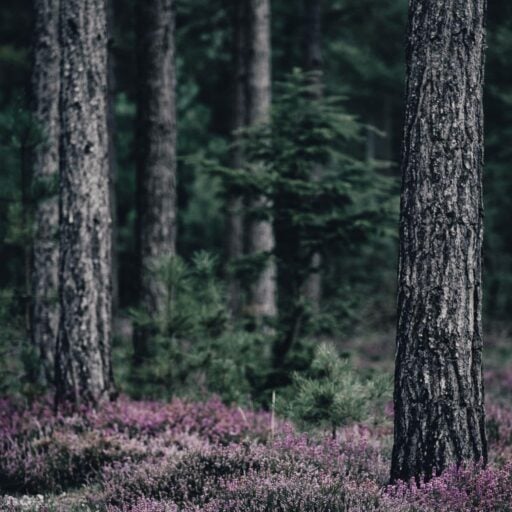
One way to help nature recover, Chapman-Jones suggests, is natural regeneration of woodland. “We could create new areas of woodland, which would help suck up carbon and help climate change,” he says. Newly grown trees provide additional habitats for birds and mammals, plus the natural regeneration method means that new saplings tend to be better adapted to local conditions and have a better chance of survival and longevity.
Image: Annie Spratt
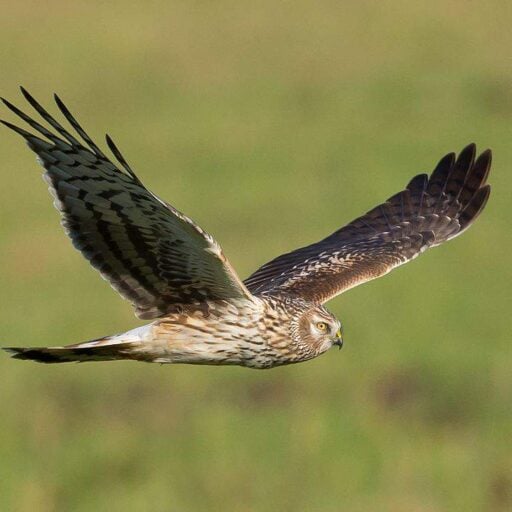
Another solution is rewetting areas of land, “for example peatland, which is currently quite dry”, says Chapman-Jones. Not only do peatlands store carbon, they also provide natural flood defences and are home to myriad species of plantlife, insects and birds including hen harriers (pictured).
Image: Rob Zweers/Creative Commons
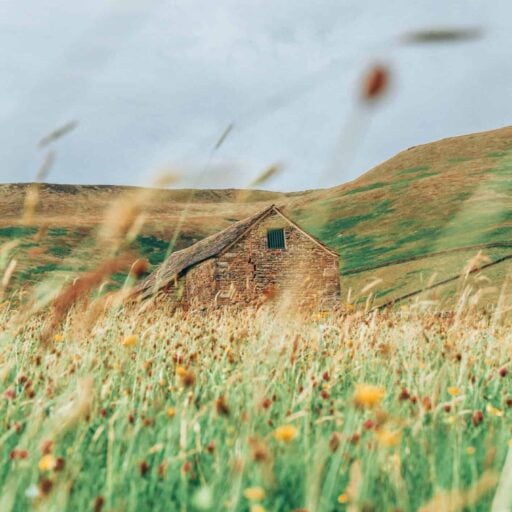
“We’ve lost 97 per cent of our wildflower meadows since 1970, so we could create areas that would be wonderful for not only mammals such as hedgehogs, but also insects, bees and butterflies,” says Chapman-Jones.
Image: Roxxie Blackham
Main image: Simon Wilkes
